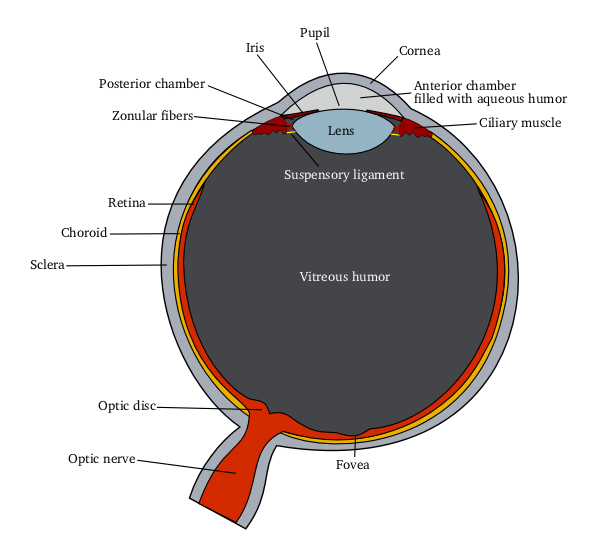How The Eye Works
How The Eye Works
For more information on the different eye and sight conditions, click on one of the links below.
The Human Eye
The physical and optical properties of the eye are very similar to those of a camera.
The cornea (the clear ‘front window' of the eye) and the natural lens combine into a complex ocular lens system, to fulfil the role of the lens in a camera. They bundle parallel (distant) light rays that enter the eye and focus an image on the retina at the back of the eye. The retina generates an electrical signal from this image, which is then transmitted via the optic nerve to the brain, where it is interpreted and translated into the images we see.
The cornea and lens collectively determine the focal power of the eye, of which the cornea is responsible for about two-thirds, and the lens for about one-third of the total power. So, as you may now appreciate, the cornea plays an extremely important role in ensuring good vision. Any defect of the cornea, or any distortion introduced by the cornea, affects vision in a negative way.
Laser vision correction systems are designed to reshape the cornea of an otherwise healthy eye, so that it can fulfill its focusing role accurately and without distortion.
Cornea and Natural Lens
The cornea is the transparent 'front window', through which light enters the eye. It has a very powerful ability to focus light onto the retina of the eye. It is clear, spherical, and consists of 5 different layers.
The most superficial layer, the epithelium, is highly regenerative and heals quickly following superficial injuries. At the periphery of the cornea, a rim of specialized cells, the limbal stem cells, are responsible for the regeneration and renewal of the corneal epithelium. These cells undergo constant mitosis (or proliferation of cells), and slide over the cornea towards the center to replace cells that are shed due to the blinking action of the eyelids. These cells also form a barrier at the edge of the cornea, to prevent conjunctival epithelial growth onto the cornea.
The second layer of tissue is known as Bowman's layer, followed by the stroma, Descemet's membrane, and the endothelium on the internal aspect.
The corneal stroma consists, among other elements, of collagen fibres in geometric array. These fibres form a lattice, and are maintained in their highly organized configuration by chemical bonds among themselves.
The 3 central layers provide rigidity and is constructed in such a way that it transmits light. The internal layer of endothelium is a monolayer of cells with a highly specialized function to maintain the dehydrated status of the cornea, which among other unique properties thereof, is responsible for the clarity of the cornea.
The optical function of the cornea is to transmit and refract light (like a lens). It is the most powerful part of the refractive system of the eye, and provides more than two thirds of the eye's total refractive power. Light is focused by it onto the retina at the back of the eye, thereby creating an image of the original object, although inverted and smaller.
The cornea is in many ways a unique anatomical structure. Apart from it being transparent and the most dehydrated tissue in the human body, it also receives the most intense sensory nerve supply. This enables the brain to detect whether the surface of the cornea is compromised by dryness, injury or disease. Whenever the tearfilm breaks up or evaporates, these sensory nerves signal to the brain to effect tear secretion and the blinking reflex, thus maintaining the optical quality of the external surface of the cornea in perfect condition to allow a clear focus.
Normal Vision
In the illustration below, light enters a normal seeing eye from the left. The cornea, together with the natural lens of the eye, work in perfect harmony to focus images on the retina at the back of the eye. These images are clear, sharp and in focus.
This illustration shows how light enters the eye through the cornea and lens, how it is focused on the retina at the back of the eye and what the image looks like.
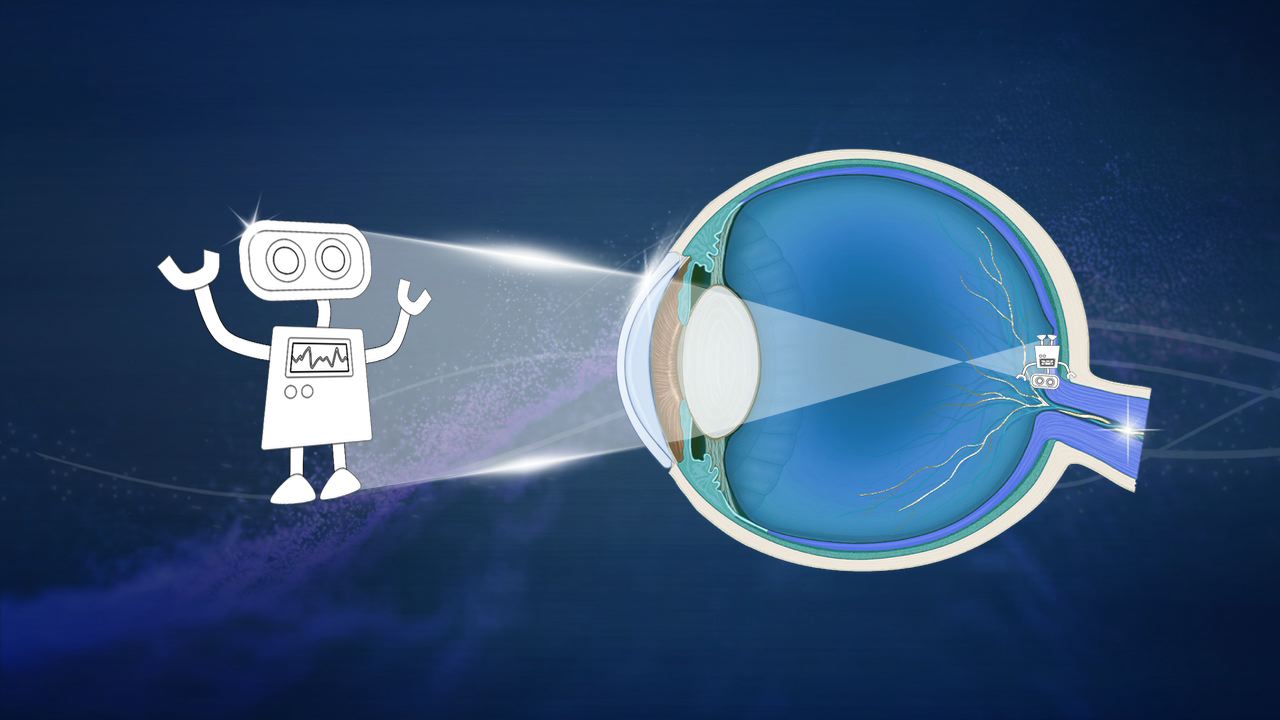
Myopia
Distant and intermediate objects are seen as blurred and out of focus, whereas close-up objects are sharp and in focus, as demonstrated in the example below. To experience clear vision, these individuals have to wear glasses or contact lenses. The near-sighted eye is usually longer than a normal eye, and its cornea may also be steeper. Therefore, when light passes through the cornea and lens, it is focused in front of the retina. This will make distant images appear blurred. There are several refractive surgery solutions available to correct nearly all levels of nearsightedness.
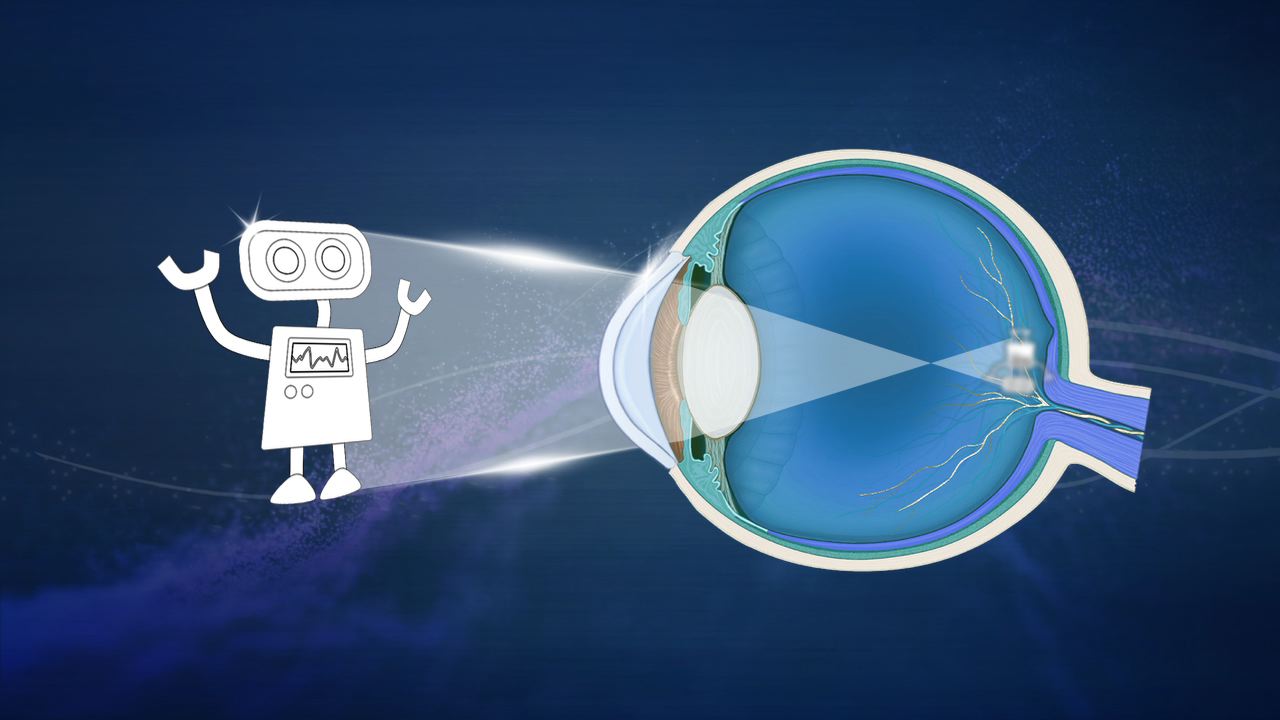
Hyperopia
Farsighted individuals typically develop problems reading up close before the age of 40. The farsighted eye is usually slightly shorter than a normal eye and may have a flatter cornea. Thus, the light from distant objects focuses behind the retina, unless the natural lens can compensate fully. Near objects require even greater focusing power to be seen clearly and therefore, blur more easily. Close-up and intermediate objects are therefore blurred and out-of-focus, while distant objects are in focus, but not necessarily as sharp as they should be, as demonstrated in the example below. Lasik, refractive lens exchange and Intraocular Contact lenses are a few of the surgical options available to correct farsightedness.
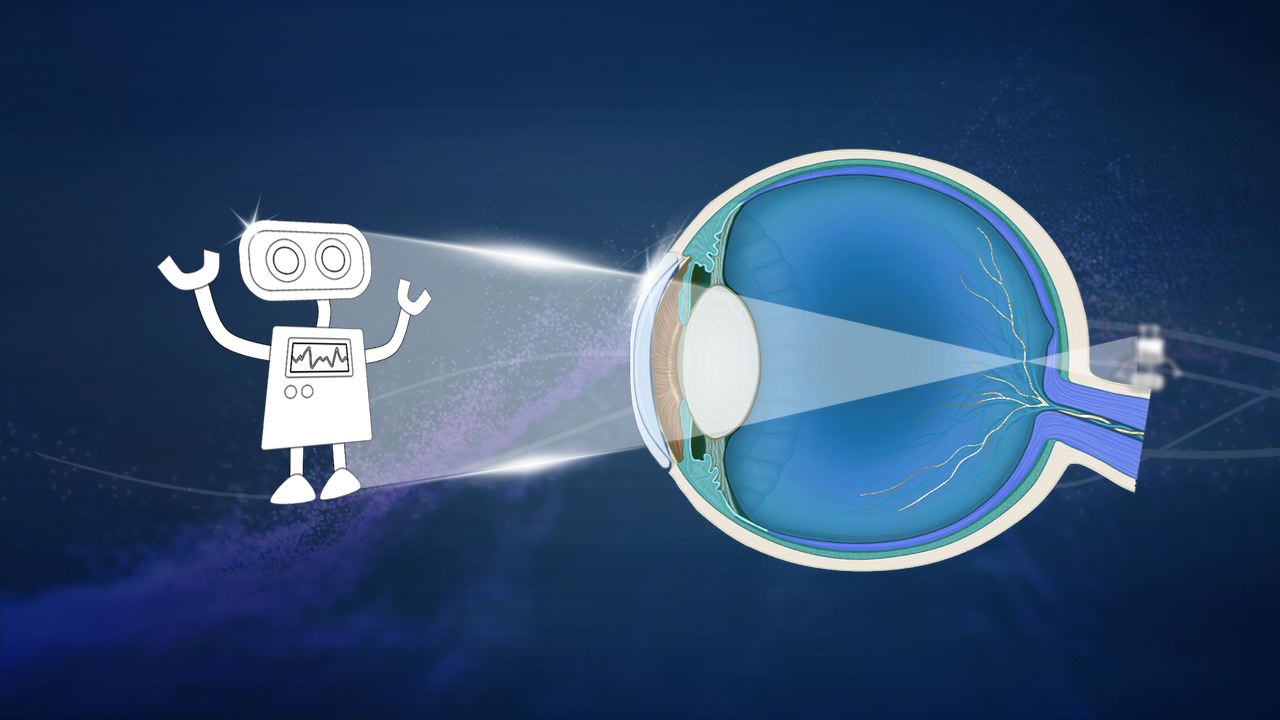
Astigmatism
Asymmetric steepening of the cornea or natural lens causes light to be focused unevenly (the images focus on multiple points in front of and/or behind the retina), which is the main optical problem in astigmatism. To individuals with uncorrected astigmatism, objects at all distances are blurred and/or appear as multiple or ghost images. Astigmatism can accompany any form of refractive error and is very common. The ideal treatment should therefore address the primary problem, as well as the perhaps not-so-obvious secondary problem in one pass to fully correct vision. Astigmatism can be corrected with glasses, contact lenses, corneal relaxing incisions, laser vision correction, and special implantable intraocular lenses.
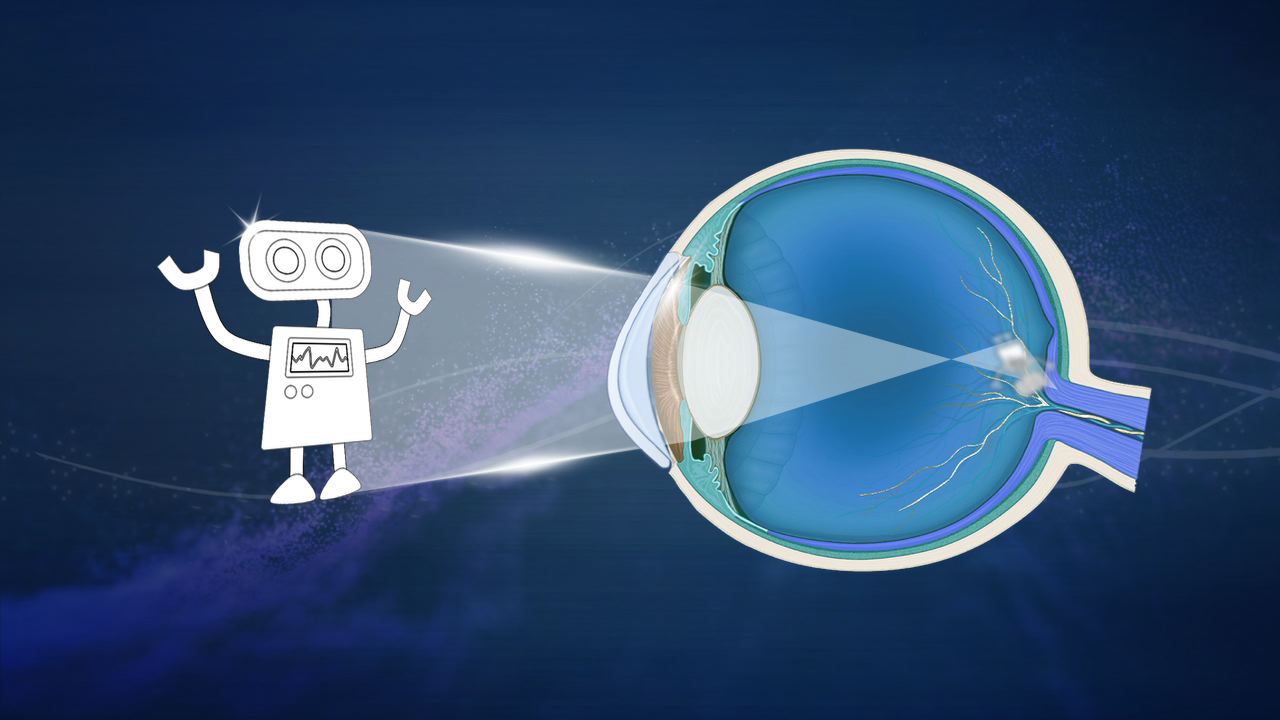
Did you know?
Eyes convert light into electro-chemical impulses in the neurons of the brain.
Healthy eyes are so sensitive that they can detect the light of a candle 1.5 kilometers away.
The human eye can distinguish about 10-million different colours.
The cornea is the only living tissue in the human body that does not contain blood vessels.
All babies are colour blind when they are born.
Our eyes are protected by natural physical characteristics of the human body. Eyelashes help to keep dirt out of our eyes and eyebrows prevent excessive perspiration from running into our eyes.
Blinking helps to wash tears over our eyeballs, which keep them clean and moist. In addition, it provides a perfect optical surface to refract light to form an image in the eye.
The cornea of sharks have been used in eye surgery, since it is similar to a human cornea.
A human eyeball weighs approximately 28 grams.
The eyes of babies do not produce tears until the baby is approximately six to eight weeks old.
When you cry, the tears from your eyes drain through the nose, which causes a runny nose.
Human eyes contain a small blind spot where the optic nerve passes through the retina. Your brain uses the information supplied by the other eye to fill in the missing information, so the blind spot is rarely noticed.
Each eye has more than 2-million working parts.
Human eyes remain about the same size from birth to old age.
Human eyes can process 36,000 bits of information every hour.
Only about one-sixth of the human eyeball is exposed to the outside world.
Red and green are the two most commonly-confused colours among colour-blind people.
Colour blindness is ten times more common in men than in women.
The eye is the only part of the human body that can function at 100% ability at all times without rest.
Our eyelids and the external muscles of the eye need rest, but the eye itself never needs rest.
It is impossible to sneeze with your eyes open.
The human eye contains about 120-million colour-insensitive rods for night vision and 8-million colour-sensitive cones for day vision.
About 50% of our brain is involved in the seeing process.
Our eyes contribute about 85% of everything we know.
The retina of the eye has a neural mechanism, known as Troxler's phenomenon, that ignores the shadow cast onto it by the vessels supplying it with blood. If this was not the case, you would be constantly aware of lines in your everyday visual field.
